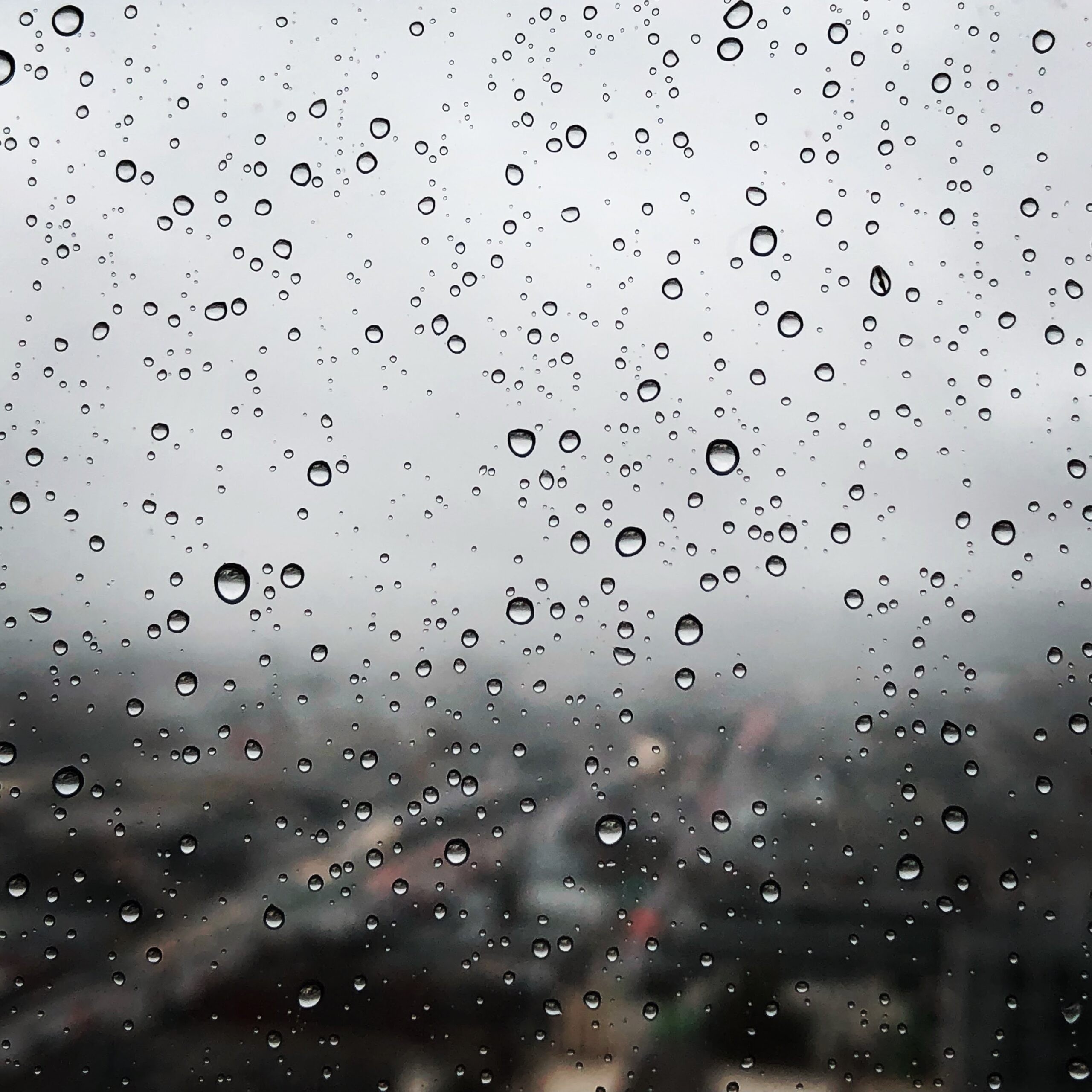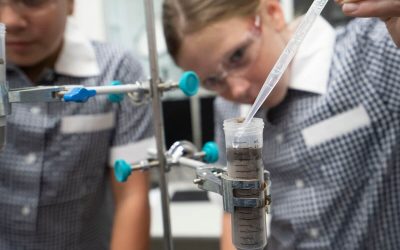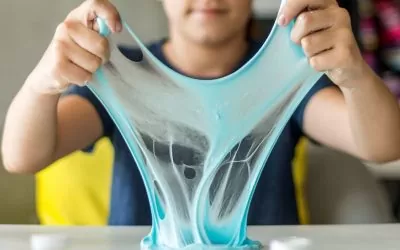You probably don’t think about it much, but there’s glass all around you. Take a look at the room you’re in and count the number of windows, doors, cups, phones and other glass objects. We’re guessing there’s quite a few!
Glass used to be a luxury material that could only be afforded by very wealthy people, and now it’s used in almost every new building. But one of the interesting things about glass is that there are still things scientists don’t understand very well. Glass is a bit of a mystery in some ways, which has led to interesting discoveries that leave us wondering whether glass is a solid or if it’s actually a liquid.
How is Glass Made?
The type of glass you see around your house is actually a fairly new invention. Although humans have been making glass since about 2500 BC, the glass we were making was low quality and often full of air bubbles that made it hard to see through. It wasn’t until the 1950s when an American manufacturing company invented the modern method of glass making.
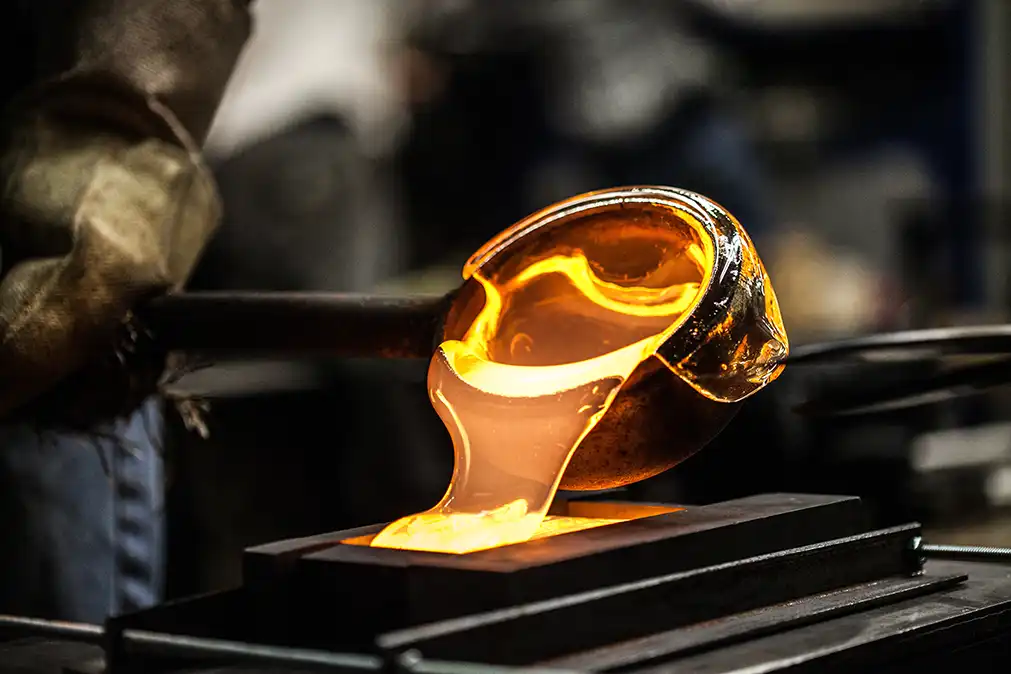
Since then, we’ve been making glass by heating a mixture of sand, limestone dust and sodium carbonate until they turn into a molten liquid that’s hotter than lava. The liquid glass is then poured out onto a flat surface where it cools and hardens into panes of glass that can be used to make things like windows.
Solids Versus Liquids
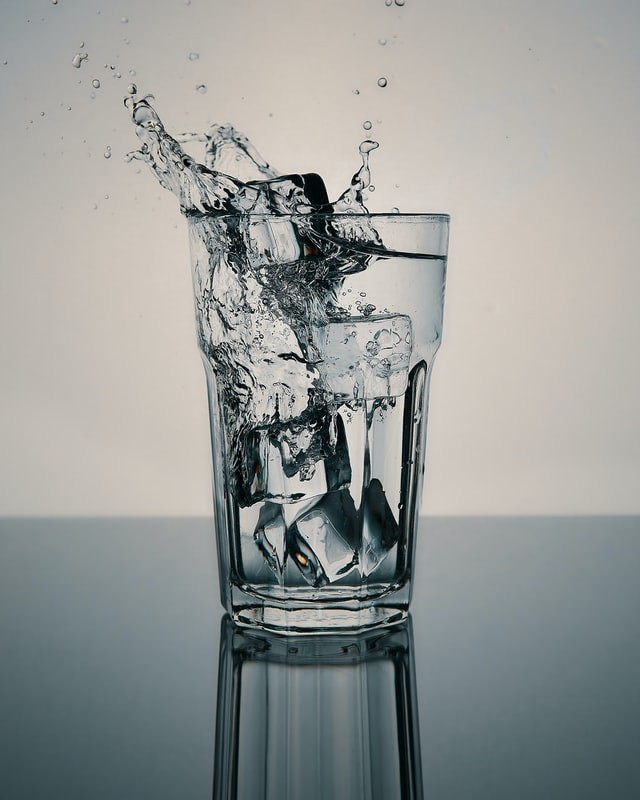
Before we think about whether a glass is a liquid or not, we need to know what those things mean. You see, while you could pick up a stone and tell us that it’s a solid object, the terms “solid” and “liquid” actually have scientific meanings.
The whole world is made of matter. Matter is anything that has weight or takes up physical space. That means the trees, food and air all around us are considered matter, and they take one of three main forms:
- Gas. Gases (such as oxygen and steam) are made up of molecules that have huge distances between them. Being far apart, these molecules don’t have much effect on each other and can’t be arranged into a definite shape. That means gases have no form of their own and will fill the entire volume of a container. For example, if you blow up a balloon, the air you breathe into the balloon will fill the entire shape.
- Liquid. Liquids (like water and honey) are made up of molecules that are close together, but they have plenty of room to move. Because the molecules move, liquids don’t have any shape of their own. Instead, they take the shape of the container you put them in. For example, the same amount of water will look different depending on whether you put it in a tall glass or a wide bowl.
- Solid. Solids are made up of molecules that are packed closely together. These molecules often line up into strong shapes that prevent them moving too much, giving the object a definite shape of its own.
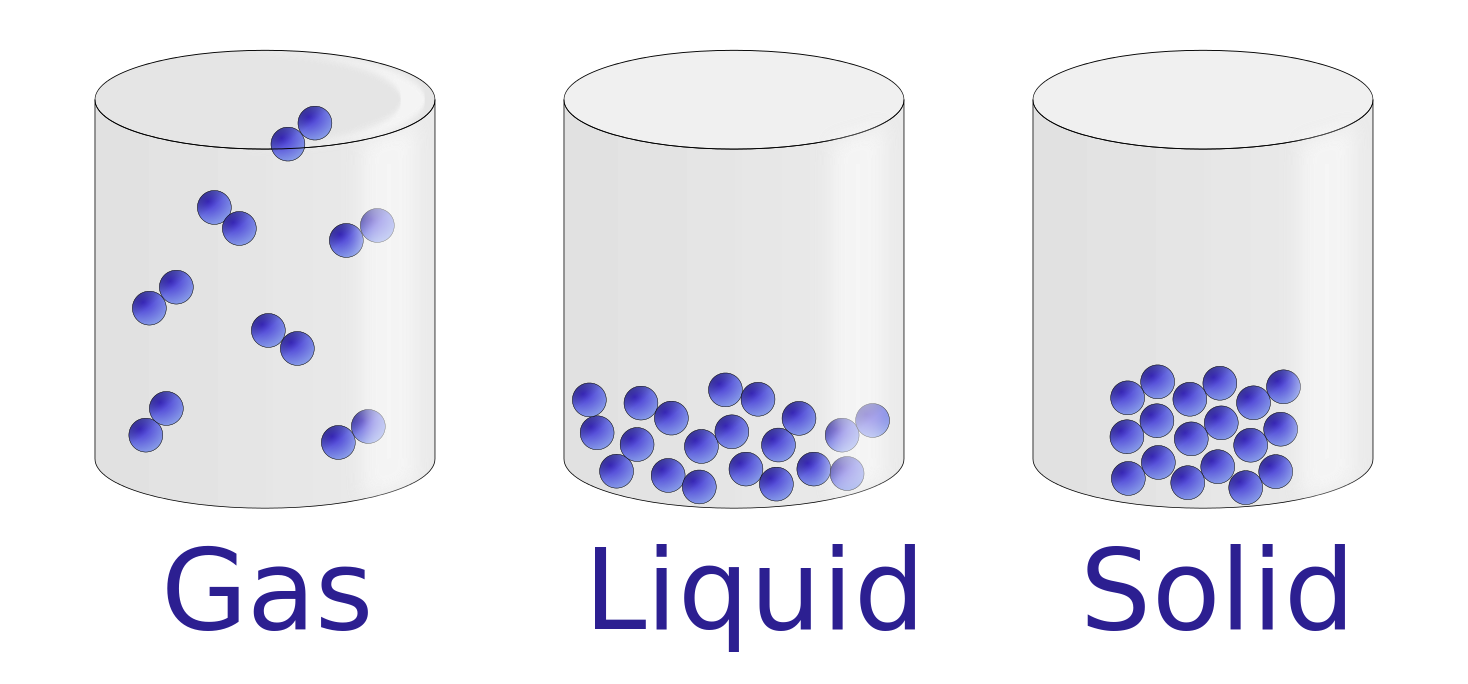
These three states of matter are all related. Take ice cubes for example. Ice cubes are a solid. If you heat them up to their melting point, the ice will melt and turn into liquid water. If you keep heating the water, it will eventually reach its boiling point and turn into steam, which is a gas.
Why Would Glass Be a Liquid?
As cool as it would be for glass to be a liquid, we’re sorry to say that it’s not. At least, not really.
In some parts of the world there are buildings containing glass windows that are hundreds of years old. These ancient glass windows are often thicker at the bottom than at the top, and this has led to the myth that glass is actually just a liquid that flows very, very slowly towards the ground.
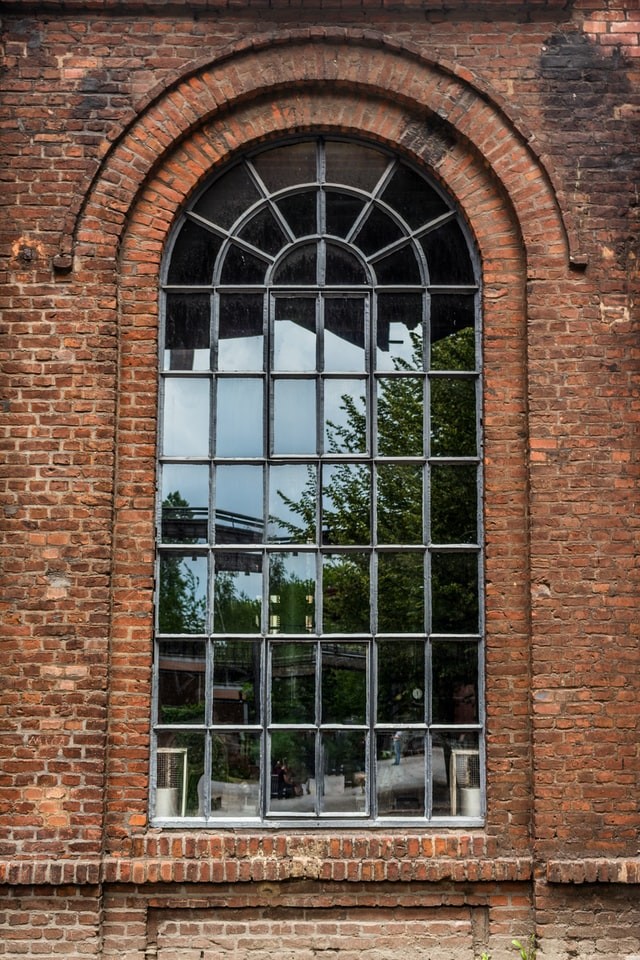
You see, in other clear solids (like ice), the molecules are arranged in a very strong lattice structure. The lattice structure stops the molecules from moving and makes the object a solid. Sometimes though, when a liquid is cooled, the molecules don’t arrange themselves into a perfect lattice structure, and the liquid instead turns into an amorphous solid. Amorphous solids are hard like other solids, but their molecular structure is disordered, somewhat similar to the molecular structure of liquids.
Glass is considered an amorphous solid and is sometimes thought to very slowly “flow” and move like a liquid. But in one study, scientists have measured the way glass flows and estimated that it would take a billion years for the molecules in a pane of glass to flow just 1 nanometre (a sheet of paper is about 100,000 nanometres thick). That means it is likely the glass in those old buildings hasn’t really moved, it was just made using old techniques that couldn’t create the perfectly flat layers of glass we use today.
Interested in Learning More About Glass? Book Street Science’s National Science Week Show!
There’s way more to glass than meets the eye, and Street Science’s new BREAKING POINT stage show is here to prove it! New for National Science Week in 2022, our instructors have put together a smashing showcase that’s all about glass. It’s everywhere around us, in our homes and cars, glasses, mobile phones and more. You touch, use and see glass every day, so it’s time to learn a little more about this miracle material! In our show we dive into the science behind glass and explore questions about how it’s made and used all over the world. You can find out more about our National Science Week programs online, or contact us today if you’d like to make a booking!

